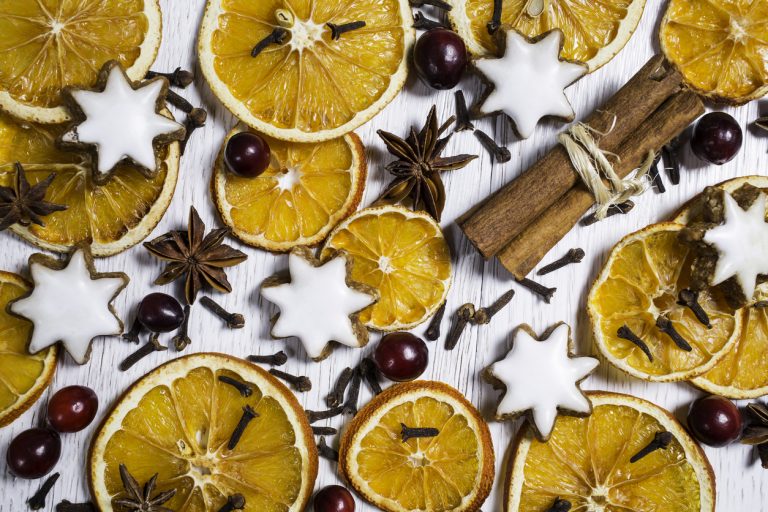It looks a bit like a water lily and is the national flower of India.
It’s a symbol of purity in both the Buddhist and Hindu traditions.
It’s prized for its healing properties throughout Asia.
It’s the lotus plant!
Asian medicine makes use of all parts of the plant from the seeds to the flowers to the root and the leaves. It’s used to help digestion, prevent diarrhea, calm the mind and reduce fever.
However, as an herbalist, there’s one thing about lotus seeds that fascinates me more than anything else – they can germinate after lying dormant for over a millennium. That’s right! A millennium.
In 1994, scientists at UCLA conducted experiments on an ancient lotus seed that had been found in a dry lakebed at Pulantien, China. At 1,200 years old this is considered to be the oldest seed ever found. So imagine everyone’s surprise when it germinated. This almost magical ability is due to L-isoaspartyl methyltransferase, an enzyme that allows the lotus seed to repair damage to proteins within its cell. Because of this potent anti-aging enzyme, researchers have been finding ways to use lotus seeds in modern skincare products.
Not only is the lotus plant being used to help skin regenerate, but it also appears to have potent anti-inflammatory properties. This research concluded that two polysaccharides in lotus seeds have significant effects on inflammation throughout the body.
But that’s not all! Further research suggests that adding lotus extract to green tea may be a cure for acne. Acne is caused, in part, by sebum, a waxy substance that blocks pores. According to the study, the combination of lotus and green tea significantly reduced the amount of sebum produced by the people involved in the research.
These days this historic herb is enjoying a resurgence and is used in many skin care products being produced in Asia, where the combination of modern science and ancient herbalism are being combined to help people to have beautiful skin.




